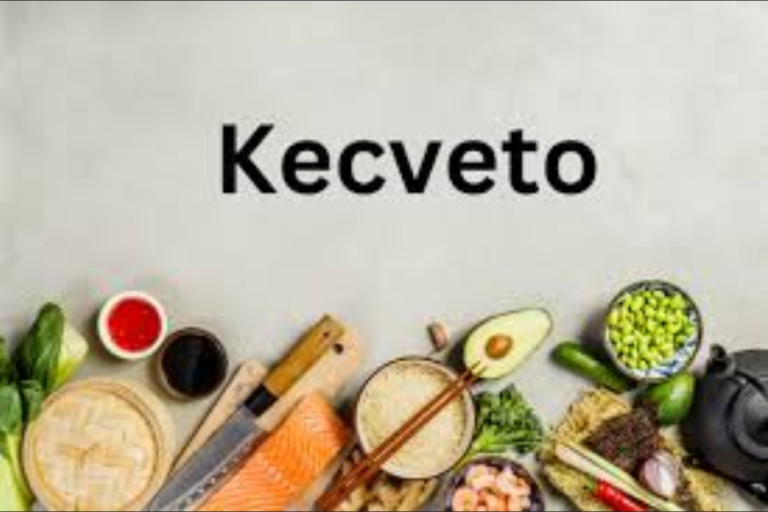Quick and Nutritious Family Dinners: Momfood Strategies
As a busy mom, I understand the challenge of preparing nutritious meals swiftly. I’m thrilled to share my momfood strategies that have transformed our family dinners into enjoyable, stress-free experiences. Through these recipes and techniques, not only do we nourish our bodies, but we also strengthen our family bonds by cooking together.
In this article, we’ll explore essential kitchen tools that expedite meal prep, dive into five of our favorite momfood recipes, and discuss how to involve kids in cooking. Additionally, we’ll cover ways to adapt these meals for various dietary restrictions. By the end, you’ll have a toolkit of ideas to become a culinary superhero, whipping up delicious, quick dinners that will delight your family. Let’s embark on this journey to make mealtime both nutritious and fun!
Essential Kitchen Tools for Quick Dinners
Having the right kitchen tools can significantly speed up the preparation of quick and nutritious family dinners. Here are some essential items that have changed my cooking routine for the better.
Multi-Cookers and Instant Pots
Multi-cookers, particularly Instant Pots, have revolutionized my kitchen experience. These versatile appliances can pressure cook, slow cook, sauté, and more, making them ideal for creating our go-to momfood recipes. I adore my Instant Pot Pro, which boasts 10 cooking functions and 27 cooking presets. Its customizable heat levels for sautéing and a convenient steam release button make it a powerhouse in my kitchen. For beginners, the Instant Pot RIO offers seven basic cooking functions and is an excellent starter option.
Food Processors
A food processor is another must-have for quick meal preparation. This versatile tool can chop vegetables, shred cheese, and even make dough, making it invaluable in my kitchen. I use mine weekly for tasks ranging from creating hummus to grating parmesan. When selecting a food processor, consider the size that best fits your family’s needs. While I love my 14-cup Cuisinart for large batches, a smaller 7-cup model works well for everyday meals, especially for smaller families or limited storage spaces.
Quality Knives and Cutting Boards
Never underestimate the power of a good knife and cutting board. A sharp, high-quality knife can drastically cut down your prep time, while a sturdy cutting board protects your blades. I prefer wooden boards for their durability and knife-friendly surfaces.
Investing in the right tools can transform your cooking experience, making it easier to prepare delicious, nutritious meals for your family in no time.
Five Go-To Momfood Recipes
Here are some quick, nutritious recipes that have become staples in our household, perfect for busy weeknights.
15-Minute Stir-Fry
One of our favorites is a 15-minute chicken stir-fry. It’s a lifesaver on hectic nights. Using cubed chicken breasts, yakisoba noodles, and a medley of colorful vegetables, this dish comes together quickly. A simple homemade sauce made with soy sauce, broth, honey, ginger, and garlic elevates the flavors. The best part? You can easily swap out the protein or veggies based on what you have on hand.
Customizable Grain Bowls
Grain bowls are another hit in our house. They’re nutritious and endlessly customizable! Starting with a base of whole grains like brown rice, quinoa, or farro, I add a protein source, lots of veggies, and a tasty sauce. These bowls are also great for meal prep, saving us time throughout the week.
Veggie-Packed Pasta Dishes
Pasta primavera has become a beloved recipe for us. It’s an excellent way to sneak in plenty of vegetables. I love its adaptability—whatever veggies are in the fridge can be tossed in, making it a perfect option for reducing food waste. Plus, it’s a kid favorite, helping them eat more greens without any fuss.
These recipes have transformed our family dinners, making them both nutritious and enjoyable.
Involving Kids in Meal Preparation
Engaging my kids in meal preparation has been both fun and educational, teaching them valuable life skills while fostering healthier eating habits.
Age-Appropriate Tasks
Assigning age-appropriate tasks in the kitchen is crucial. Simple activities like washing produce or stirring ingredients are perfect for toddlers. As they grow, they can take on more complex tasks—by ages 5-6, they can help measure ingredients, while older kids (9-12 years) can learn safe knife skills and follow simple recipes. Teenagers can even plan and prepare meals independently.
Teaching Kitchen Safety
Safety is paramount in the kitchen. I start by emphasizing handwashing and discussing fire safety, proper knife handling, and the importance of using oven mitts for hot dishes. Keeping a well-stocked first aid kit nearby and discussing food safety practices, such as avoiding cross-contamination, is also essential.
Encouraging Creativity
Cooking is a wonderful outlet for creativity! I love involving my kids in meal planning, letting them browse cookbooks or recipe websites for inspiration. We often experiment with new ingredients or recreate dishes they’ve seen at school. To make it even more fun, I’ve gifted them their own cookbooks. Documenting their culinary adventures creates cherished memories and boosts their confidence in the kitchen.
Adapting Recipes for Dietary Restrictions
Cooking for a family with diverse dietary needs can be a challenge, but adapting our favorite recipes ensures everyone can enjoy meals together.
Gluten-Free Options
For family members avoiding gluten, I’ve discovered many tasty alternatives. Grains like rice, corn, millet, potato, tapioca, and quinoa work well as substitutes for wheat. These can be found in flour form, allowing me to create gluten-free versions of our favorite dishes. I’ve even crafted my gluten-free flour blend using superfine brown rice flour, potato starch, and tapioca flour.
Vegetarian and Vegan Alternatives
When preparing vegetarian or vegan meals, I focus on incorporating a variety of plant-based proteins, such as beans, lentils, chickpeas, tofu, nuts, and whole grains. For calcium, I rely on fortified plant-based milk, tofu, and leafy greens like kale and bok choy. To ensure we get enough B12, I include fortified cereals and plant-based dairy options.
Allergy-Friendly Substitutions
For specific allergies, I’ve found clever substitutions. Instead of peanut butter, we use sunflower seed butter or tahini. For egg replacements, I use mashed banana or applesauce in sweet dishes, and pumpkin or squash puree in savory ones. For dairy alternatives, we enjoy almond, hemp, rice, or coconut milk.
These adaptations allow us to relish our favorite family recipes while meeting everyone’s dietary needs. Creativity and finding the right substitutes are key to making our food enjoyable and accessible to all.
Conclusion
Momfood strategies significantly enhance our family dinners, making them quicker, healthier, and more enjoyable. By using the right kitchen tools, exploring simple recipes, and involving kids in the cooking process, moms can transform mealtime into a fun and nutritious experience. These methods not only save time but also foster lasting family bonds and teach kids essential life skills.
Moreover, adapting recipes to suit various dietary needs ensures that everyone can join the family meal, regardless of their restrictions. By embracing these vital cooking techniques, families can look forward to stress-free, delicious dinners that bring everyone together at the table.







